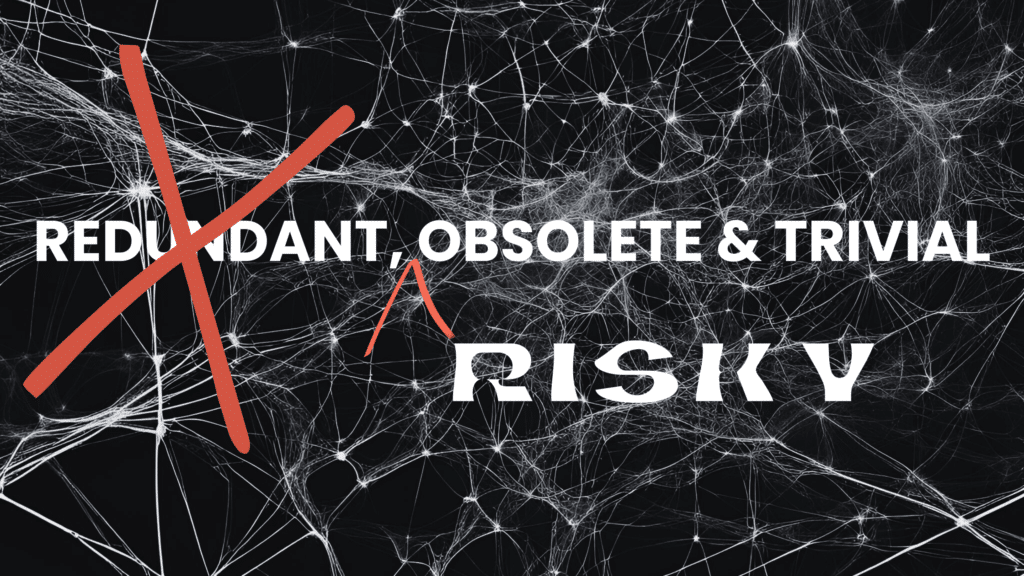Overcoming Dormant Case Data Challenges from ARM Archives: The Strategic Value of Tape Storage in eDiscovery

An opinion piece by Tameca Brooks, Director of eDiscovery
—
A law firm managed a litigation case that remained active for five years before being stayed. At the time of the stay, the firm requested an ARM archive (Archive – Restore – Move) from its eDiscovery vendor. The vendor exported the archive, stored it on an encrypted HDD, and shipped it to the firm.
The HDD remained in the firm’s possession for several years while the case was dormant. However, as often happens, the litigation was unexpectedly reactivated, requiring the firm to locate the HDD and restore the ARM archive to an active Relativity workspace. This process, however, was fraught with challenges:
- Missing password for the encrypted HDD.
- Vendor no longer existed, having been acquired during the dormant years.
- Vendor’s project management team had departed, leaving no clear point of contact.
- Changes in the legal case team, leading to gaps in institutional knowledge.
- HDD failure, further complicating data restoration.
These obstacles underscored the complexities of long-term eDiscovery data management and the risks of inactive litigation ARM archives.
The Costly Path of Restoring ARM Archives
Restoring the case data proved to be both complex and expensive. The law firm engaged a vendor to jailbreak the encrypted HDD in an attempt to regain access to the ARM archive environment for restoration and hosting by S2|DATA (“S2”). However, the read failure and missing password severely hindered what could have been a seamless reactivation.
As a result, the firm had to locate historical correspondence and client data to help S2 reconstruct the workspace. The burden extended beyond the law firm – it impacted the end client as well, turning what should have been a simple restoration into a resource-intensive and time-consuming process.
Under normal circumstances, restoring an ARM archive would have required only minimal costs – a few hours of project management and technical time to restore, validate, and release the data. However, due to these unexpected challenges, the firm incurred:
- Additional processing costs to re-ingest client data.
- Significant project management hours spent searching for correspondence to rebuild the workspace.
- Loss of attorney work product stored within the ARM archive, forcing the case team to spend additional time reacclimating to the litigation.
A Simple Solution for ARM Archives: Tape Storage
One often-overlooked strategy that could have prevented these challenges? Storing eDiscovery data on tape.
Unlike HDDs, which are prone to hardware failure, data corruption, and software incompatibilities, tape storage offers a reliable, cost-effective, and compliant long-term data management solution.
Why Tape Storage is the Ideal Solution
- Long-term data integrity – tape storage preserves data for extended periods without risk of degradation.
- Cost-effective – tape reduces storage costs compared to HDDs, which require ongoing maintenance.
- Regulatory compliance – tape meets legal retention requirements, ensuring firms remain compliant.
- Cybersecurity protection – with air-gapped storage and secure encryption, tape protects against ransomware attacks and hacking.
- Physical protection – unlike HDDs, tape is resistant to physical damage and system failures, ensuring data remains retrievable.
Lessons Learned & Moving Forward
This case illustrates the risks of relying on HDDs for long-term inactive storage. HDDs are simply not designed for extended dormancy, making them an unreliable option for preserving critical legal data.
By transitioning dormant case data to tape, law firms can reduce costs, enhance security, and ensure long-term accessibility. To proactively prevent future data challenges, legal teams should collaborate with IT teams to implement a hybrid storage strategy, using HDDs for active cases and tape for archived cases.
The Key Takeaway
Storing Relativity ARM archives on tape provides a cost-effective, secure, and long-term storage solution that meets compliance needs while protecting against data loss and minimizing the risk of unauthorized access.






